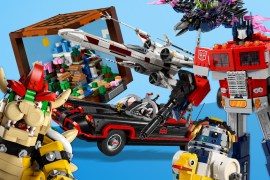Ranked: the best Nintendo consoles of all time
With the Switch now having cemented its legacy in record time, we take a look at the best of Ninty's console efforts over the years
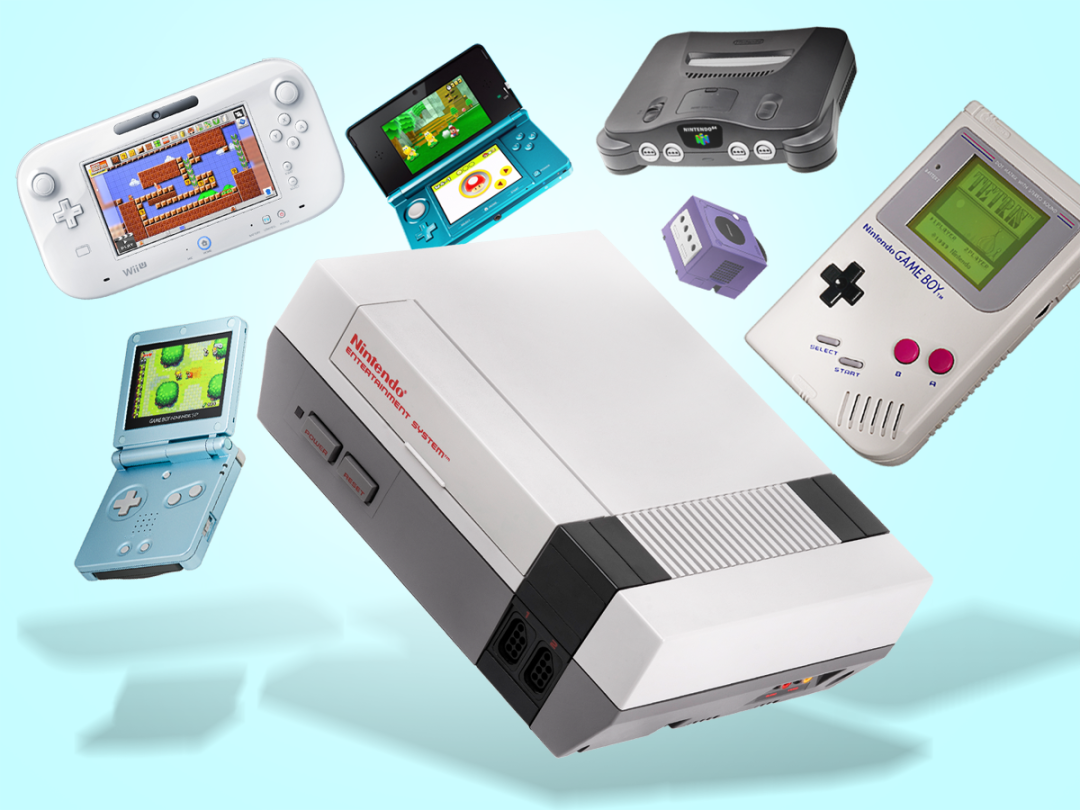
Every debut of a new Nintendo console is undoubtedly a big deal, but some Nintendo systems have been much more successful, impactful, and absolutely memorable than others.
Nintendo’s earliest cartridge-based platforms all helped define console gaming and launched some of the most beloved franchises of all time, while the company’s more recent efforts have been a bit more hit or miss as Nintendo has explored experimental ideas.
Now that the Nintendo Switch OLED has become our go-to handheld/home console hybrid, it’s time to measure how the latest generation Ninty hardware stacks up against its forebears. That is, until the long rumoured Switch Pro gets an official announcement.
Read on for our opinions on the 12 home and portable consoles that bear the Big N’s brand. Here’s how they rank in our view, bottom to the top.
12) Virtual Boy (1995)
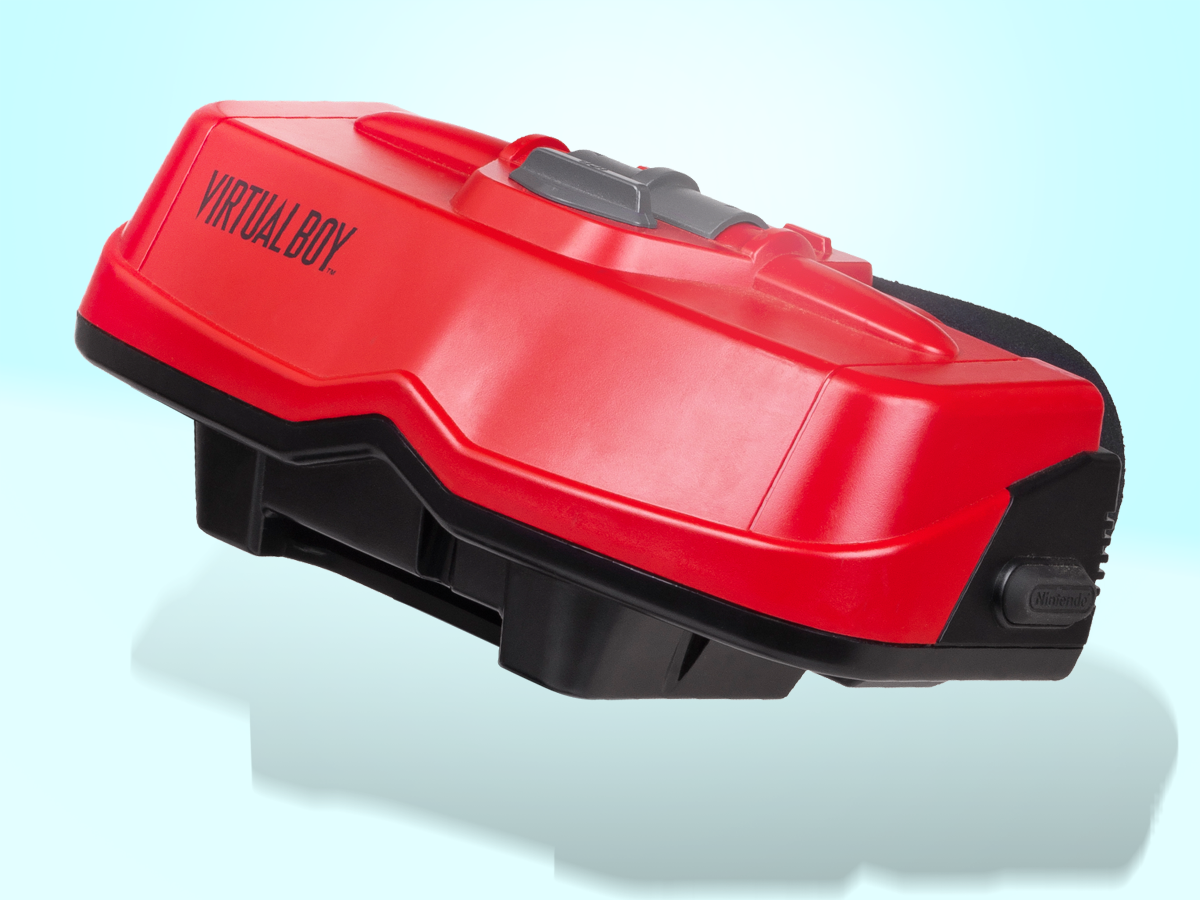
Nintendo saw the future of gaming in virtual reality… but released this hunk of junk instead of waiting two decades for the tech to mature. The Virtual Boy is what you get when you have a good idea, but aren’t willing to invest – or charge – the kind of money needed to do it right.
The black-and-red graphics were hard on the eyes, the unit itself was awkward and uncomfortable, and there weren’t even two dozen games released for the thing. It was pulled off of the market in less than a year and, due to the limited library, it’s the only Nintendo system that isn’t saved by having really amazing first-party exclusives. Just a total misfire.
11) Wii U (2012)
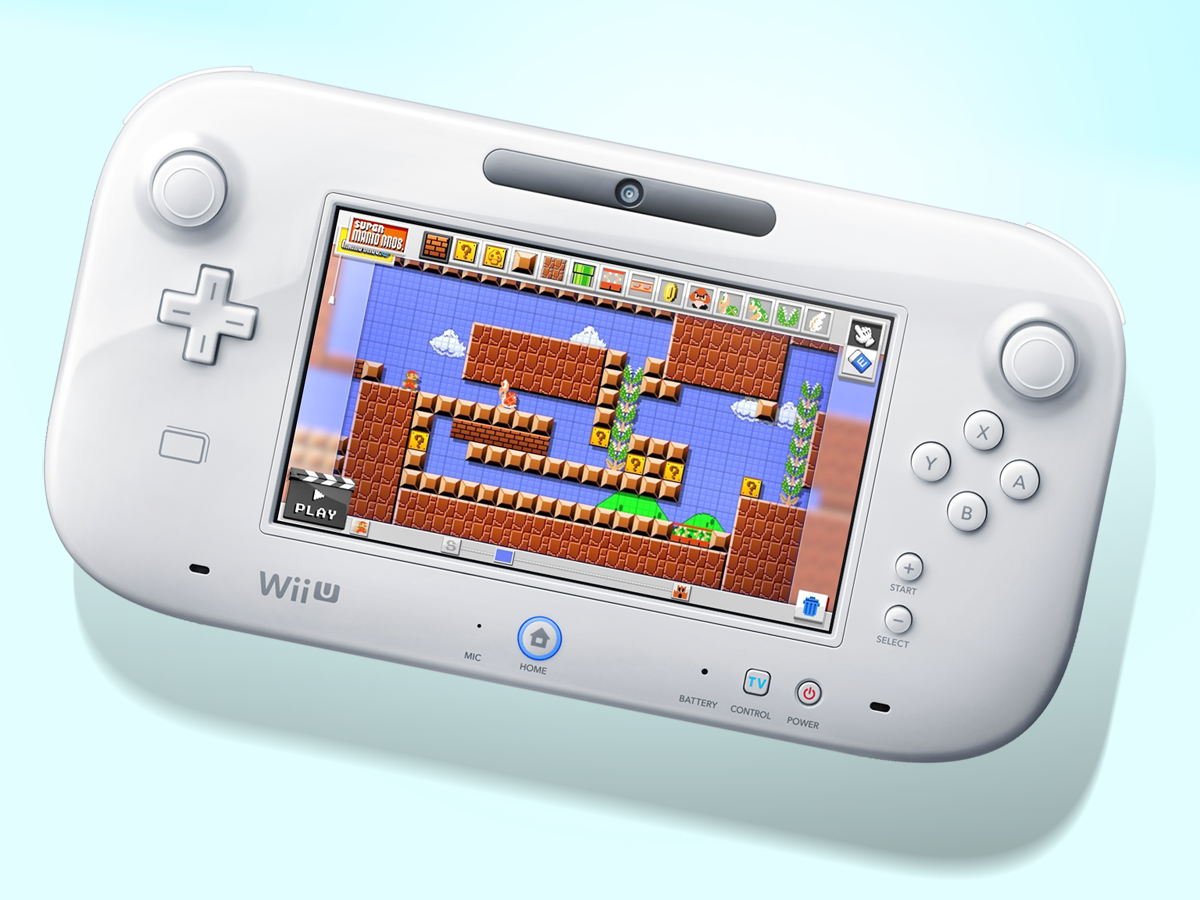
With the Switch having earned its place under our telly in record time, we can’t help but bid good riddance to the Wii U. It’s been a rough few years for the Wii successor, from initial confusion over what it was to the clunky hardware, limited use of its unique features and an often-barren release schedule.
We appreciate the Wii U for bringing Mario and other greats into proper HD resolution, and will remember it fondly for the likes of Super Mario 3D World, Bayonetta 2, and Mario Kart 8. But, mostly, we’ll recall its massively missed potential – something we hope the Switch doesn’t try to replicate too closely.
What Wii thought › Nintendo Wii U review
10) Nintendo 3DS (2011)

The Nintendo 3DS was built primarily around a gimmick – and that gimmick, the ability to display glasses-free 3D with some success, quickly lost steam with developers. What remained? Well, still a pretty good little handheld device in an era of smartphone and tablet dominance.
The 3DS didn’t have the broad appeal of the original DS, and it seemed awfully dated compared to the PlayStation Vita, but it gave us Pokémon Sun and Moon, Super Mario 3D Land, The Legend of Zelda: A Link Between Worlds, and quite a bit else worth celebrating. Will it end up being Nintendo’s last fully dedicated handheld?
Handheld hijinks › Nintendo 3DS review
9) Nintendo DS (2004)

Can we make this pick solely for the Nintendo DS Lite and the DSi? The original model was terribly designed, but Nintendo thankfully bounced back with better builds and the DS lived up to its billing as the spiritual successor to the Game Boy.
The dual-display approach (with a touchscreen on the bottom) helped enable new kinds of experiences, and Nintendo wisely shepherded a wide array of games onto the DS to appeal to adults and non-traditional players in a way we’d never seen before. Oh, and it gave us classics such as Professor Layton, The World Ends With You, and The Legend of Zelda: Phantom Hourglass.
8) GameCube (2001)
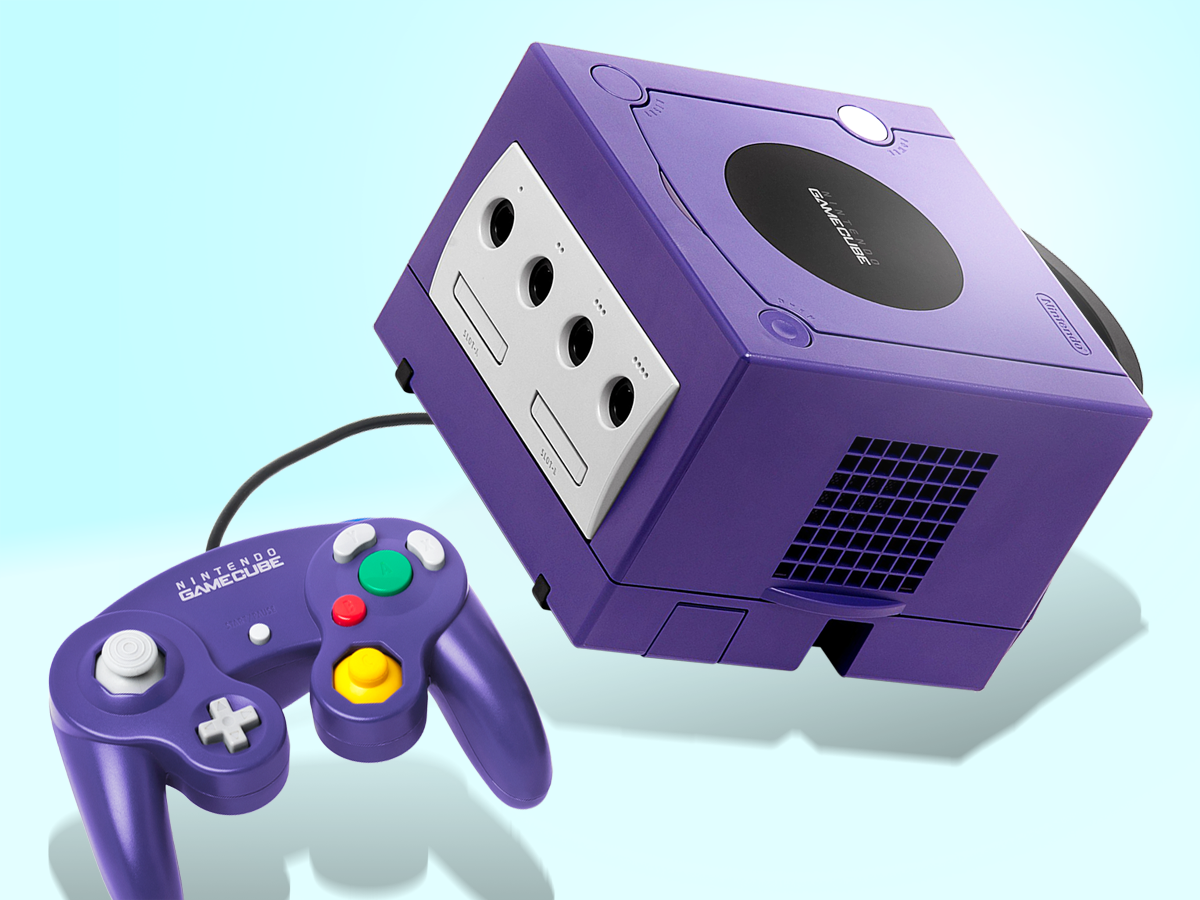
We’re sure to get some hate mail over the GameCube’s relatively low placement, as the system has its die-hard defenders – including a couple on staff here. However, the GameCube got creamed by the PlayStation 2 and was in many ways an awkward, underwhelming console.
And yet it had some really amazing games. Check out this roster: Metroid Prime, Resident Evil 4, The Legend of Zelda: The Wind Waker, Super Mario Sunshine, Super Smash Bros. Melee, Mario Kart: Double Dash, and so many more. We might forget about the GameCube itself sometimes, but those games remain eternal.
7) Game Boy Advance (2001)
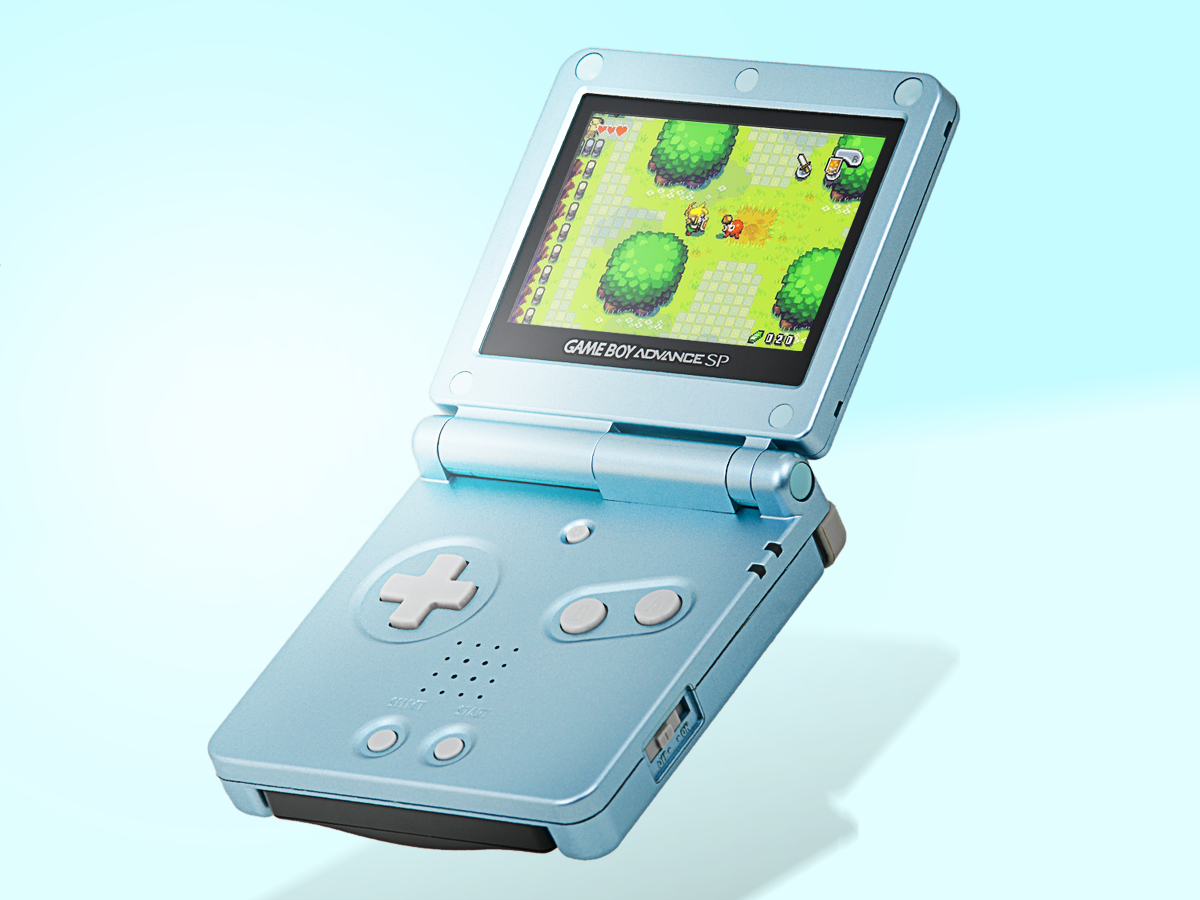
Nintendo’s other 2001 hardware release takes the higher spot here, as the great Game Boy Advance essentially put a Super Nintendo-quality device in your pocket – and developers packed it with stellar, stellar stuff. Granted, the original hardware wasn’t wonderful (that dim screen!), but the SP revision fixed most woes.
From Metroid Fusion and WarioWare! to Advance Wars and The Legend of Zelda: The Minish Cap and plenty in between, not to mention killer ports of many of Nintendo’s best 8-bit and 16-bit games console games, it has perhaps the best lineup of any handheld ever released.
6) Wii (2006)
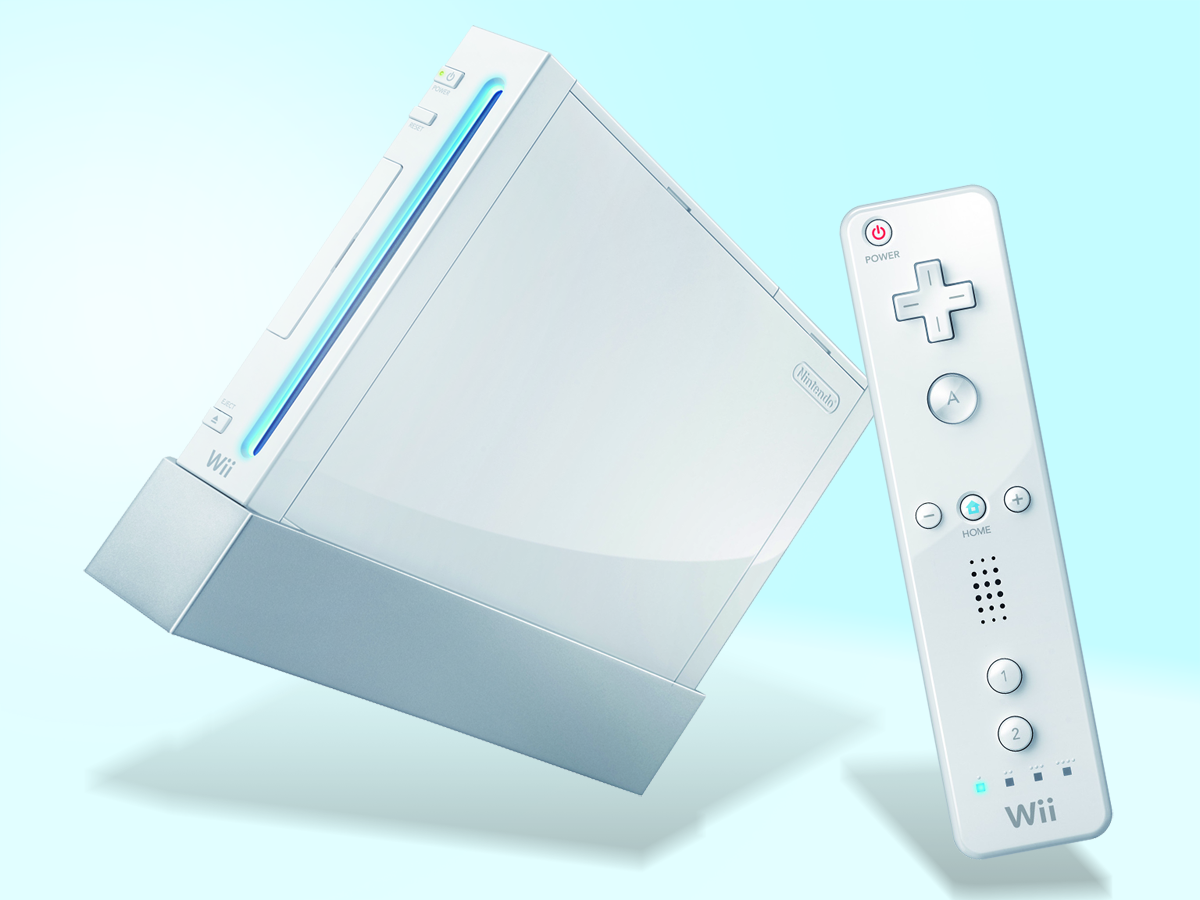
For many, the Wii will always be the hype train that lost steam. Nintendo’s motion-controlled console was the hottest thing around for a couple years, and then, once the buzz faded, many players realised they’d rather have the power and library of an Xbox 360 or PS3. Welp.
Why does it rank so high on this list, then? The truth is beyond the buzz: the Wii helped expand gaming in ways we hadn’t seen before, delivered some truly fun motion games amidst the junk, and was in many ways as delightful as it was weird. And any console that brought us two awesome Super Mario Galaxy games and two new Zelda games deserves massive praise.
5) Nintendo Switch (2017)

Some might call it a bold move placing the newest Nintendo console so high up on our list, but there’s no denying the Switch’s colossal impact. It has outsold every one of its console forebears, and while it has a long ways to go to rival the Game Boy or DS, the Switch’s novel hybrid design and versatile control scheme are equally influential on its ranking.
And let’s not forget the games. You’d have to go as far back as the GameCube to find Nintendo hardware with such extensive third-party support, helped in part by cloud streaming and a huge roster of talented indie developers. The Big N has released some bangers of its own, with Breath of the Wild, Smash Bros Ultimate, Mario Odyssey and Metroid Dread all helping to set an incredibly high bar.
Also Read › The 30 best Nintendo Switch games to play today
4) Nintendo 64 (1996)
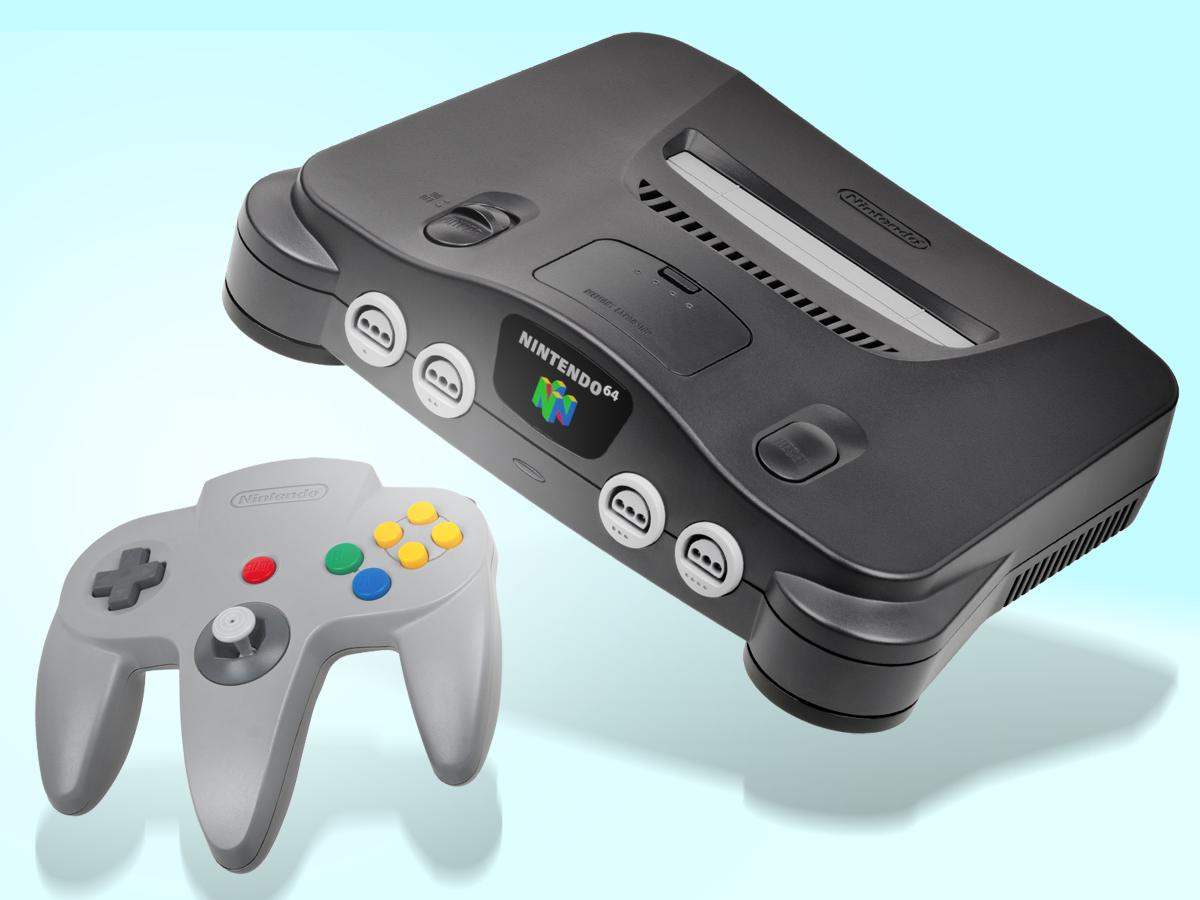
Coming off of the 16-bit era, the Nintendo 64 looked like pure magic: stunning 3D gaming and all new kinds of genres and experiences. It might seem awfully rudimentary now – and, sure, the PlayStation ultimately won out that generation – but at the time it was pretty incredible.
Launch leader Super Mario 64 remains one of the most amazing and influential games of all time, and we can’t forget about GoldenEye 007, Mario Kart 64, or Super Smash Bros. – all local multiplayer essentials, of course. And that’s just a sampling of what made the N64 such a brilliant and revolutionary machine, even if using cartridges ultimately cramped its abilities.
3) Nintendo Entertainment System (1986)
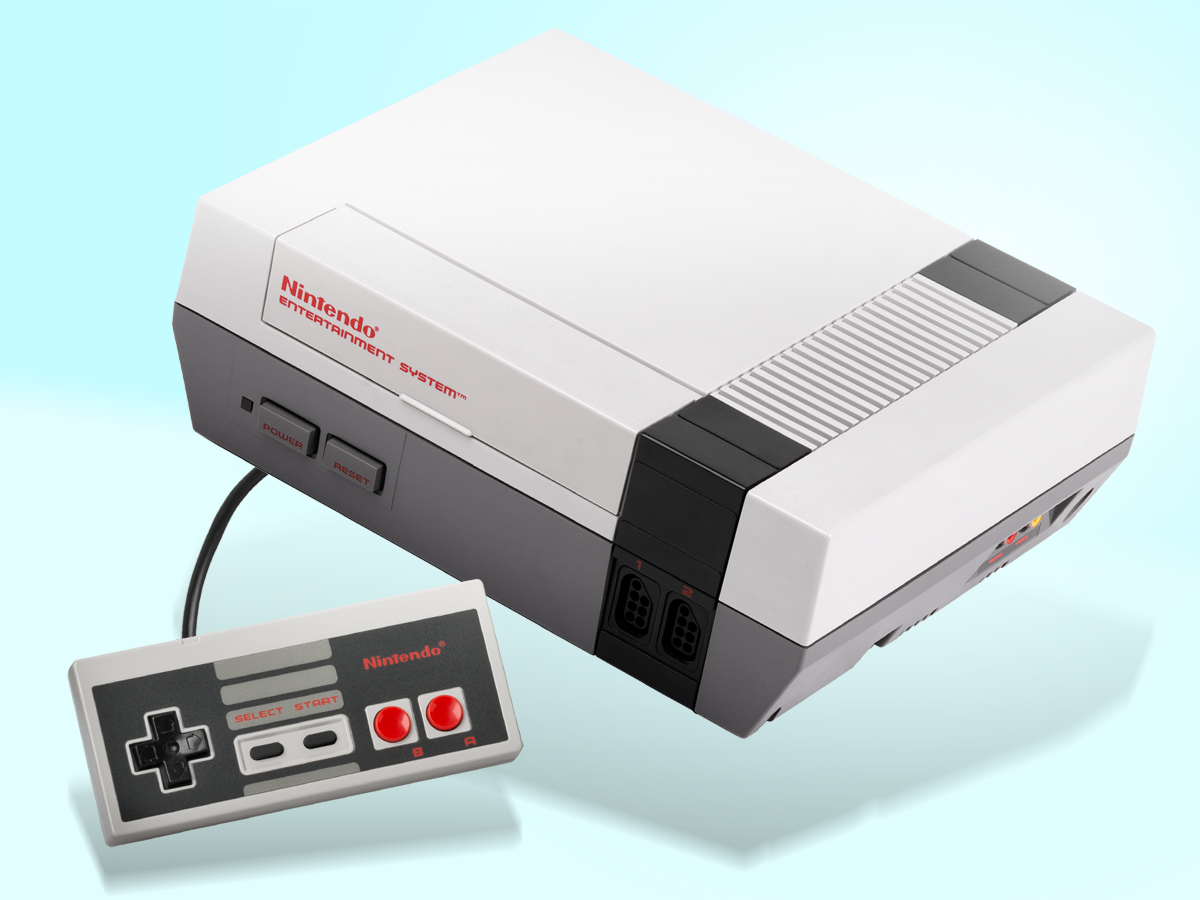
Why did millions make the NES Classic the must-have Christmas present of 2016? Because it’s the Nintendo, the original console that started it all. The NES established the company as a gaming juggernaut, almost singlehandedly saved the industry, and spawned some of the greatest franchises of all time.
Super Mario? The Legend of Zelda? Final Fantasy? Mega Man? Castlevania? The list goes on and on and, while we’d put another home console just ahead (spoilers!), the NES remains legendary today. The NES Classic proved that, but the reminder wasn’t necessary.
Retro revival › Nintendo Classic Mini review
2) Game Boy (1989)
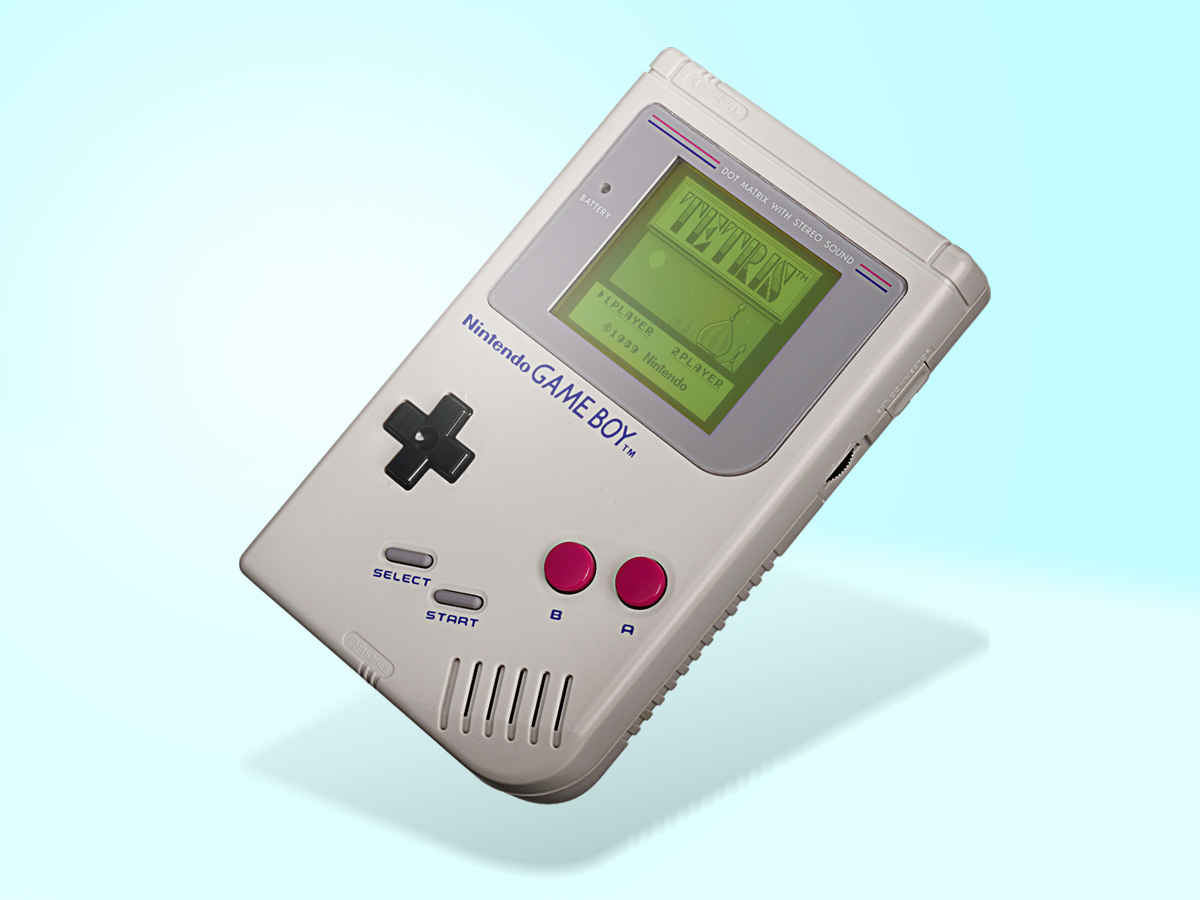
The Game Boy took full-fledged cartridge gaming portable and, even though it had a green-and-grey screen, it handily trounced the colour-screened Game Gear and Lynx. Why? Simplicity. Solid battery life. Affordability.
And yes, Tetris. The pack-in puzzler was the ultimate time-killer and paired perfectly with the portable – and who can forget Pokémon Red and Blue or Super Mario Land 2? The enhanced Game Boy Color helped bridge the gap until the brand new Game Boy Advance, but the original model forever changed how – and where – we play games.
Also Read › Nintendo Switch OLED review
1) Super Nintendo (1992)
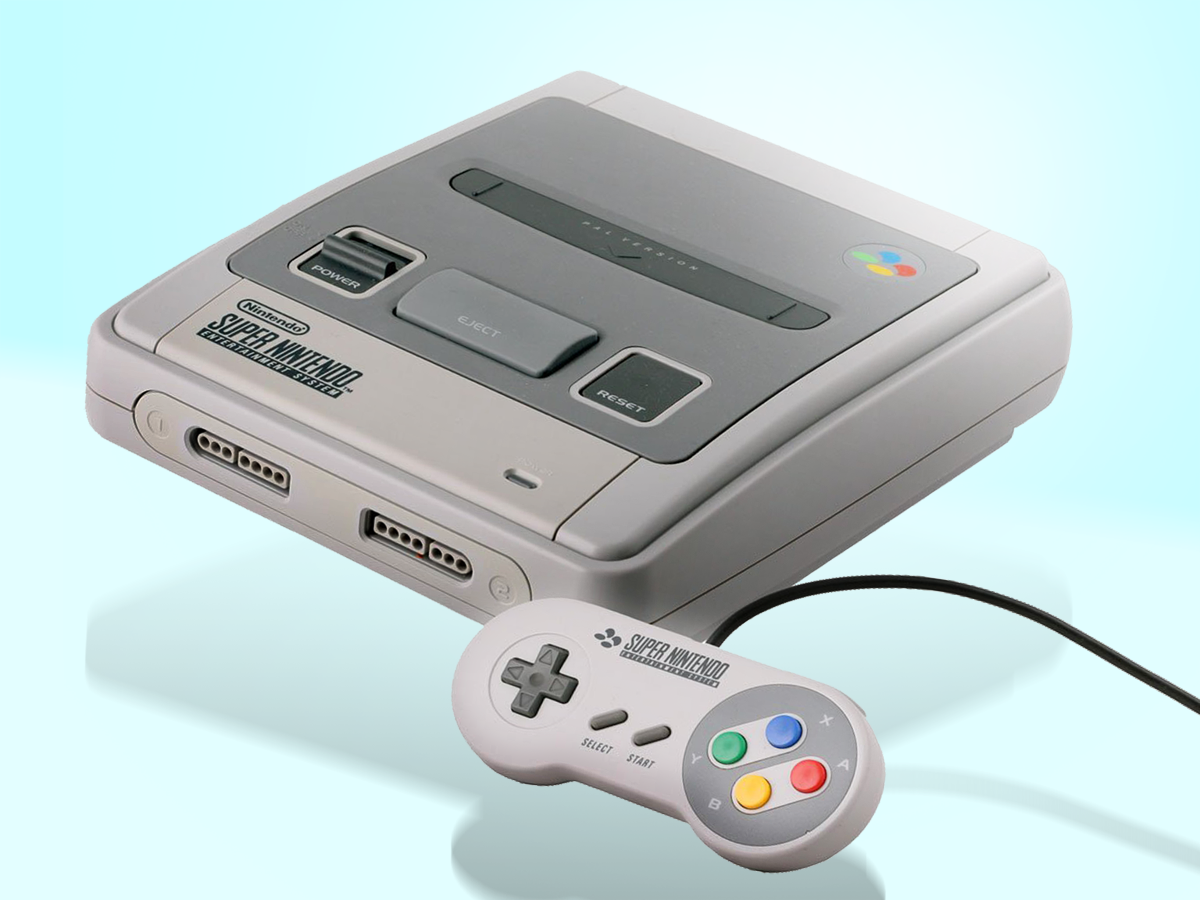
The two systems below this one might have been more innovative and crucially important to gaming, but, if forced to pick any one game console to bring on a desert island with its entire library of games, we’d be hard-pressed to turn down the SNES.
Bumping up to 16 bits unleashed the creativity of developers, taking decent and so-so 8-bit genres and elevating them to greatness, and the Super Nintendo has an all-time-amazing lineup of games. The Legend of Zelda: A Link to the Past, Super Mario World, Super Metroid, and Final Fantasy VI are just the tip of the iceberg. This was Nintendo – and some traditionalists would argue, gaming on the whole – at its peak.
Also Read › Nintendo Classic Mini: SNES review



